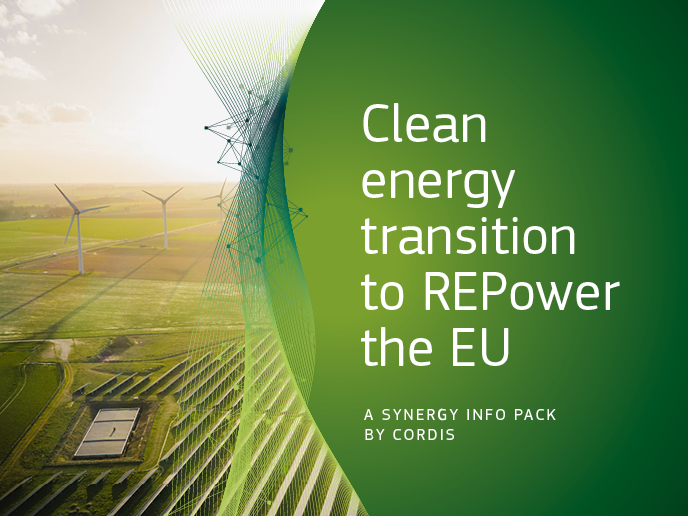Modelling next-generation lithium-ion batteries
Batteries are portable, have high energy conversion efficiency and have no gaseous emissions. They are particularly promising for two of the most important energy storage applications: electric vehicles and smart grid technology. Li-ion batteries have the highest energy storage density of any rechargeable battery technology. To enable the envisioned large-scale applications, lithium composite electrodes could be the answer due to their exceptional specific capacities. However, extensive expansion-contraction during the charge-discharge cycle can quickly lead to failure. Currently, manufacturers of Li-ion batteries in Asia and the United States are at a clear competitive advantage over those in the EU. Scientists developed theoretical and computational models of the materials and processes at multiple scales to help solve this problem with EU funding of the project LISF (Mechanics of energy storage materials: Swelling and fracturing in lithium ion batteries electrodes during charging/discharging cycles). Researchers advanced state-of-the-art computational homogenisation methods that merge microscopic and macroscopic phenomena by using a multi-scale strategy with a multi-particle representative unit volume (representative volume element (RVE)). The improved algorithms correctly treat electroneutrality as an assumption rather than as a fundamental law and fully exploit Maxwell's equations describing electricity and magnetism. Scale separation is carefully treated with special emphasis on time-scale separation, never before included in such models. The assumption of steady-state mass and charge transport at the micro scale has been removed and time-dependent scale transitions have been introduced. Finally, the Hill-Mandel condition governing separation of scales, the second main component of a continuum hypothesis in addition to RVE, was extended. Simulation of 1D ionic transport in a Li-ion battery electrolyte perfectly reproduced data in the literature. Even better, this was accomplished without the theoretical contradictions created in other approaches thanks to inclusion of Maxwell's equations. Analysis of the 2D microstructural behaviour of a multi-phase separator further validated the consideration of microscopic mechanisms. The outcomes have been reported in numerous publications. The electrochemical and mechanical performance of lithium batteries was shown to strongly depend on the interaction between macro- and micro-scale phenomena. Results should have important impact on the designs of next-generation Li-ion batteries, ushering in a new era of wireless and sustainable electricity and a new era for EU battery manufacturers.







